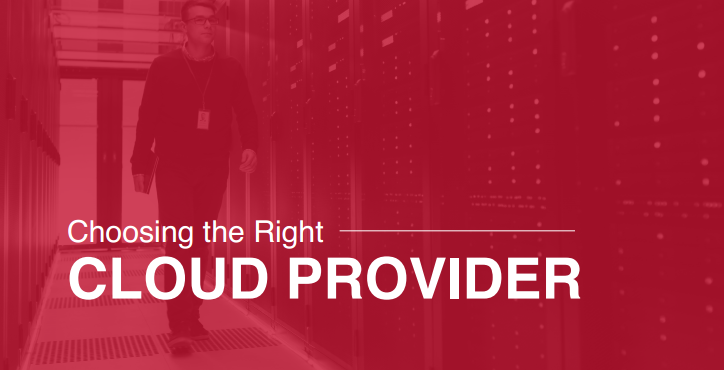IBM’s SecurityIntelligence reported some frightening statistics regarding data breaches in 2018. Although the time it takes to detect a data breach is down from years to 196 days, the cost of a breach has increased. On average, the cost of a compromised record is up to $148. This is tough news for most organizations to deal with, and experts expect the number of records compromised per breach to increase, as well.
These reasons alone make it more important than ever for organizations to stay informed about the latest trends in IT security. Considering the damage that can be done to the reputation of a business that is the victim of cybercrime, you have more reason than ever to understand what the threat landscape looks like for this year.












